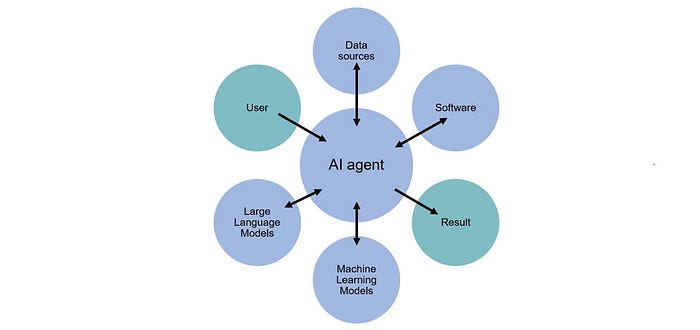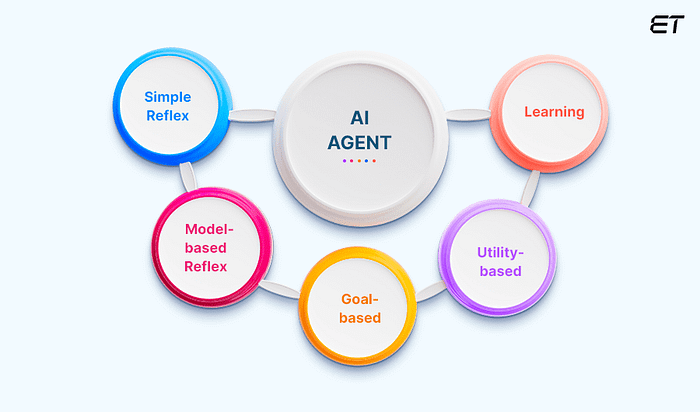Member-only story
Introduction to Agent AI
Artificial Intelligence (AI) has rapidly evolved in recent years, and one of its fascinating domains is Agent AI. These systems operate within an environment, perceive it, and act upon it to achieve specific goals. This blog explores the basics of Agent AI, its types, and real-world applications with detailed examples.
What is Agent AI?
Agent AI refers to AI systems designed to interact autonomously with their environment, make decisions, and execute tasks. These systems are based on the concept of “agents,” which can be defined as entities capable of:
- Perception: Observing their environment through sensors or data inputs.
- Decision-making: Processing inputs and deciding on the best action.
- Action: Interacting with the environment to achieve specific objectives.

Agent AI is used across industries, from simple task automation to highly complex systems like autonomous vehicles and gaming bots.
Types of Agents
Agent AI can be categorized into four main types based on their behavior and functionality:

1. Simple Reflex Agents
Simple reflex agents operate based on a set of condition-action rules. They rely entirely on current inputs to decide their actions, without any knowledge of history or future predictions. These agents are efficient but limited to basic tasks.
Examples:
- Thermostats: Adjust temperature based on immediate input from sensors.
- Traffic Lights: Change signals based on predefined timing or sensor data.
2. Model-Based Reflex Agents
Model-based reflex agents maintain an internal model of the environment. This model helps them understand how the environment changes and enables more informed decisions based on both current and…
